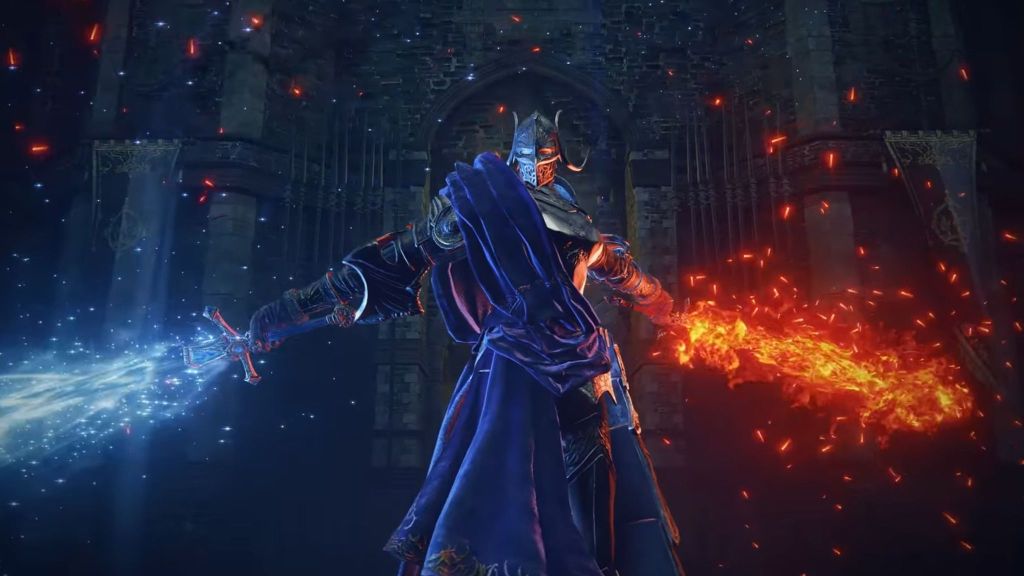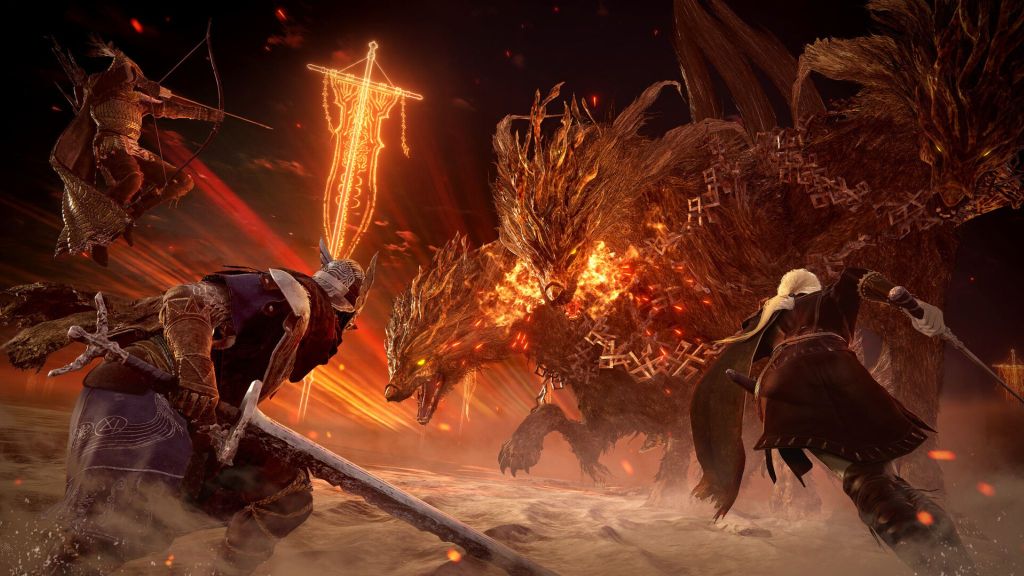It doesn’t seem like much at a glance. A little sliver of green at the top or bottom of your screen, barely noticeable when things are calm. And yet, that little gauge is secretly your combat’s puppet master. In Elden Ring, in Monster Hunter, in basically any game where swinging a sword is serious business, stamina tends to be the quiet voice whispering: “Careful now… are you sure you want to do that?” Ignore it, and you are a pancake. Respect it, and you are dancing with monsters of madness, triple your size.
Videos by ComicBook.com
Stamina is not some flashy mechanic that stands out. It does not sparkle when you land a critical hit or scream in all-caps when you are about to die. But it sets the tempo of every fight, shaping your decisions without you always realizing it. Let’s dig into why this mechanic might be the most important ingredient in combat design, and why players keep underestimating it even as it rules their every move.
The Psychology of a Green Bar

It’s remarkable how a small, unassuming green bar at the bottom (or top) of your screen can determine whether you live or die. Stamina works on the mind before it ever runs out. Watching the bar tick downward is like watching sand slip through an hourglass you cannot flip. The moment you see it dip, questions start forming. Do you press the attack, or save enough for a dodge? Can you afford one more strike, or is that the move that leaves you wide open? Will greed serve you well here, or will it lead to your demise?
Quite frankly, that is the genius of stamina, though. Health tells you what has already gone wrong; stamina warns you what could go wrong if you get greedy. The bar itself becomes a quiet source of pressure, one that turns simple mechanics into high-stakes decisions. In Elden Ring, this tension is sharpened by enemies who punish overextension. Swing too often, and the dodge you need will not come. Roll too many times, and the follow-up strike finds you gasping. It is the silent timer that keeps you honest and keeps you wondering ‘what if’.
Stamina as Risk vs. Reward

Combat feels active because stamina makes every choice a calculated gamble. Offense and defense share the same fuel source, and there is never quite enough gas to cover both without significant investment into a stat that, otherwise, barely does anything else. So, the choice becomes even more important. Spend stamina on a heavy attack, and you sacrifice some safety. Hold back too much for defense, and your chances to end the fight slip away. Ending the fight early is always your goal in Elden Ring, as the enemy can’t kill you if they’re dead. But stamina is that shadow that always looms behind, and it must be respected for any true success.
Elden Ring thrives on this eternal tug-of-war. A colossal weapon drains stamina with each swing, demanding precise timing in exchange for devastating damage. Lighter weapons give you more stamina flexibility, but at the cost of said damage. Either way, stamina ensures you weigh the tradeoff instead of simply mashing buttons. It is a built-in pause button for reckless play, demanding that you think one step ahead, or at least be looking at the screen.
This is why stamina often separates games that feel thoughtful from those that feel shallow. In games without it, you can swing forever or dodge endlessly, and while that might be fun for a moment in time, it lacks edge. Without stamina, many choices lose their value. With it, combat becomes a conversation, with each move answered by the question of whether you will have enough left for the next. This isn’t to say that every game must have stamina, but it is a sure-fire way to ensure that the player is actively thinking about their action, whether it ends up being successful or a fatal mistake.
Stamina: The Hero of Game Design

The irony of all of this is that stamina rarely gets the credit it deserves. After all, it is just a little green bar hiding in the depths of your screen that simply goes up and down as players go about their day. Who cares about it, right? Players talk about epic bosses, legendary weapons, or that perfectly timed roll that saved a fight. Few remember that it was stamina that shaped those moments all along. Developers, however, know exactly how powerful it is. That is why the mechanic shows up across genres, always adjusting itself to fit the experience. The funniest part? It’s not always green in every game.
In Elden Ring, stamina enforces discipline in combat. In Monster Hunter, it underlines the exhaustion of battling creatures the size of buildings. In Breath of the Wild, it even leaves the battlefield entirely, transforming exploration itself into a test of skill and endurance. Wherever it appears, stamina does the same thing: it imposes limits of near necessity that make your choices matter.

That is what makes it indispensable. By narrowing what you can do, stamina creates value by deepening what each of your actions means. It creates a powerful sense of tension and teaches restraint in the face of uncertainty. It’s easy to overlook the value of stamina because it is quietly tucked away, but its absence is absolutely glaring, especially in games where combat is particularly weighty, because you’ll feel like something is missing. Like a shadow that should be right there, but it isn’t.
So the next time your stamina bar flashes dangerously low, remember what is really happening. That unimposing green gauge is not just draining or restricting you; it is directing the fight. It is setting the pace and rewarding your foresight. More than any flashy special attack or cinematic boss arena, stamina is the mechanic that keeps combat grounded, and in a game like Elden Ring, that makes it the quiet hero of the entire combat design.









